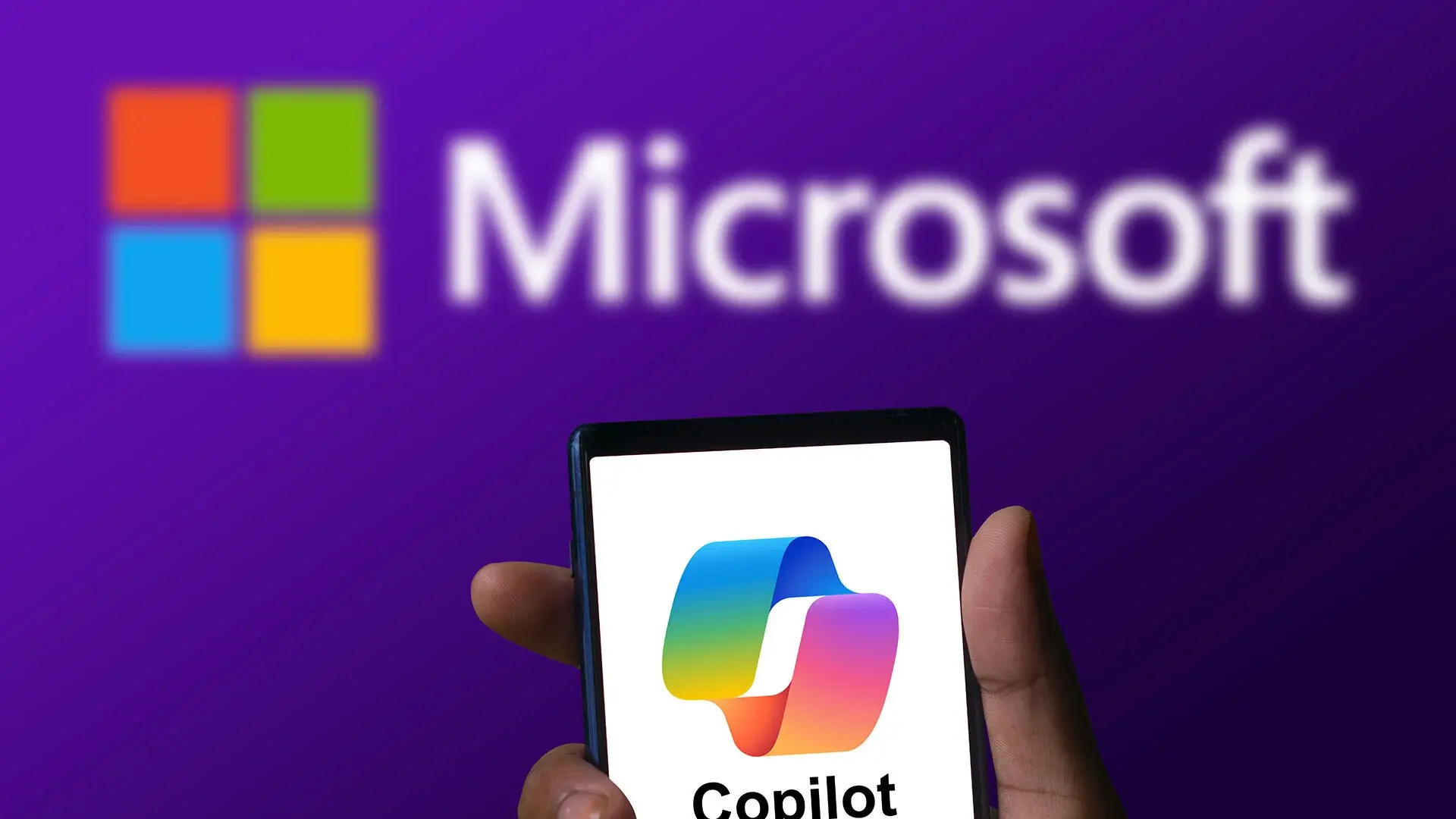Artificial Intelligence is transforming the way small and mid-sized businesses (SMBs) operate, and Microsoft Copilot is at the forefront of this change. Integrated into Microsoft 365, Copilot brings powerful AI capabilities to the tools your team already uses—like Word, Excel, Outlook, and Teams. But with great power comes great responsibility—especially when it comes to cybersecurity and compliance.
In this guide, we’ll walk you through everything your business needs to know to adopt Microsoft Copilot securely and responsibly—from readiness to rollout, with a focus on best practices for data protection, governance, and user training.
What Is Microsoft Copilot?
Microsoft Copilot is an AI assistant embedded across the Microsoft 365 ecosystem. It leverages Large Language Models (LLMs) and your business data in Microsoft Graph to help automate repetitive tasks, generate content, summarize conversations, and boost productivity across departments.
Key features include:
-
Drafting emails in Outlook
-
Creating reports in Excel with natural language prompts
-
Summarizing Teams meetings and chats
-
Automating repetitive document creation
While the potential productivity gains are huge, it’s essential to prepare your organization’s data and users for safe and responsible AI usage.
Why Secure AI Adoption Matters for SMBs
Microsoft Copilot draws insights from your data—emails, documents, chats, calendars, and more. Without proper safeguards, sensitive information could be surfaced inappropriately or misused.
Some key security and compliance concerns include:
-
Data leakage from misconfigured access controls
-
Unauthorized access to confidential files
-
AI hallucinations (when the AI generates inaccurate or misleading information)
-
Compliance violations for regulated industries
To mitigate these risks, your organization must take proactive steps before enabling Copilot.
Step 1: Assess Your Microsoft 365 Environment
Before flipping the switch on Copilot, it’s crucial to audit your current Microsoft 365 configuration, including:
-
Access Controls: Ensure sensitive data is only accessible to authorized users.
-
Global Admin Accounts: Limit global admin access to reduce exposure. Read more about managing global admin access securely.
-
Data Residency & Compliance: Ensure your data complies with Canadian or industry-specific regulations (e.g., PIPEDA, HIPAA, FINRA).
If you're still on a basic Microsoft 365 plan, now’s the time to consider upgrading to Microsoft 365 Business Premium for advanced security features like Microsoft Defender, Purview, and Conditional Access.
Step 2: Classify and Protect Sensitive Data
Copilot’s effectiveness—and safety—depends on the quality and governance of your business data. That means implementing:
-
Sensitivity Labels: Automatically classify and protect files.
-
Information Barriers: Prevent data from being shared between specific user groups.
-
Data Loss Prevention (DLP) Policies: Control the sharing of sensitive content.
Not sure where to start? Here’s a helpful guide on what cybersecurity services are available in Canada and how we can support your security posture.
Step 3: Establish Secure Authentication Practices
A secure identity foundation is essential. Microsoft Copilot doesn’t introduce new identity requirements—but it does amplify the need for existing best practices:
-
Enable Multi-Factor Authentication (MFA) across all accounts
-
Use Phishing-resistant MFA methods like FIDO2 keys or Windows Hello (Explore more here
-
Ditch passwords entirely with Passkeys for simpler and safer access
Step 4: Provide AI and Security Awareness Training
Employees need training—not just on how to use Copilot effectively, but how to use it safely.
-
Explain where Copilot gets its data
-
Teach safe prompting practices (e.g., avoid entering personal customer data)
-
Encourage users to validate Copilot’s output
-
Run phishing simulations and security drills regularly
Here’s why cybersecurity awareness training is essential for your business.
Step 5: Set AI Usage Policies
It’s important to establish clear guidelines for how your team should and shouldn’t use Copilot. Questions to answer in your AI usage policy:
-
Can employees use Copilot to draft legal or financial documents?
-
Who is responsible for validating AI-generated content?
-
What types of data are off-limits in prompts?
Tip: Align your AI policies with your existing Acceptable Use Policies and Information Governance Framework.
Step 6: Review Licensing and Copilot Availability
To use Microsoft 365 Copilot, your business needs:
-
A valid Microsoft 365 Business Standard or Business Premium license
-
A Copilot for Microsoft 365 add-on (available through Microsoft or your IT provider)
As of early 2025, Microsoft has removed the 300-seat minimum requirement, making it more accessible for SMBs.
Step 7: Prepare for Incident Response
No matter how secure your environment is, there’s always a risk of misuse—intentional or accidental. That’s why it’s critical to have an incident response plan in place.
Not sure where to start? Here’s a practical guide on creating an incident response plan for your business.
AI, Security, and the Future of Work
Microsoft Copilot has the power to revolutionize productivity for SMBs—but only when adopted strategically and securely. By taking the time to clean up your data, configure security settings, and educate your team, you’ll unlock the full potential of Copilot without compromising safety or compliance.
Need Help with Microsoft Copilot or Microsoft 365 Security?
Contact us today!

